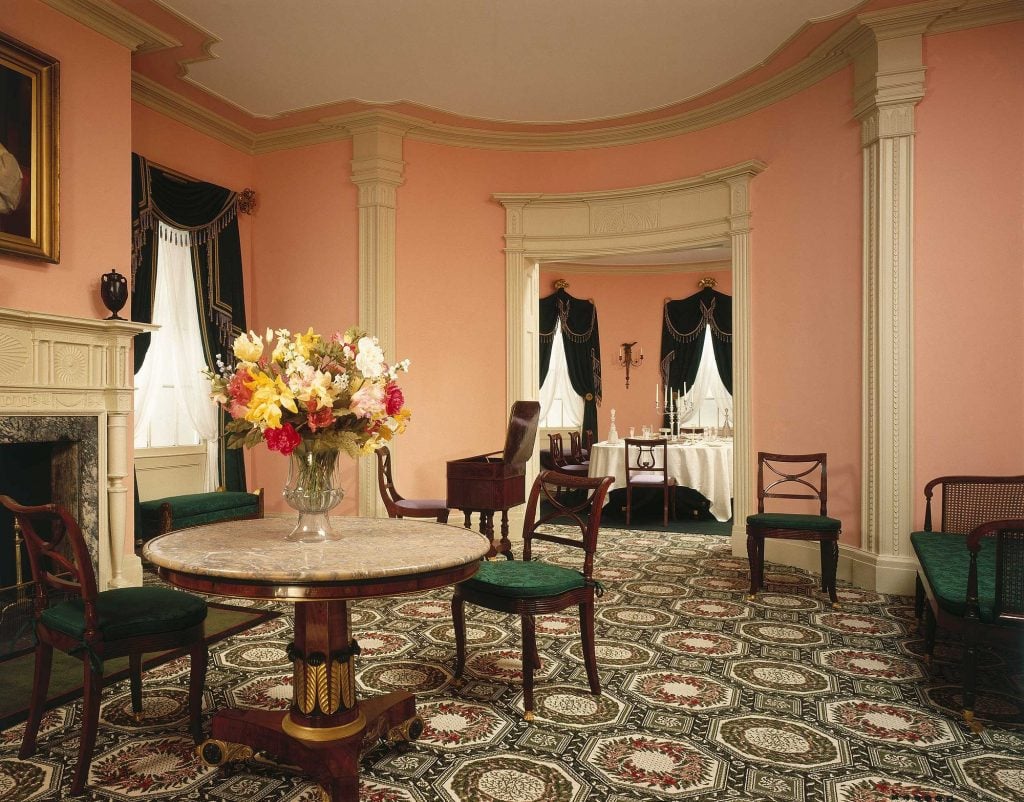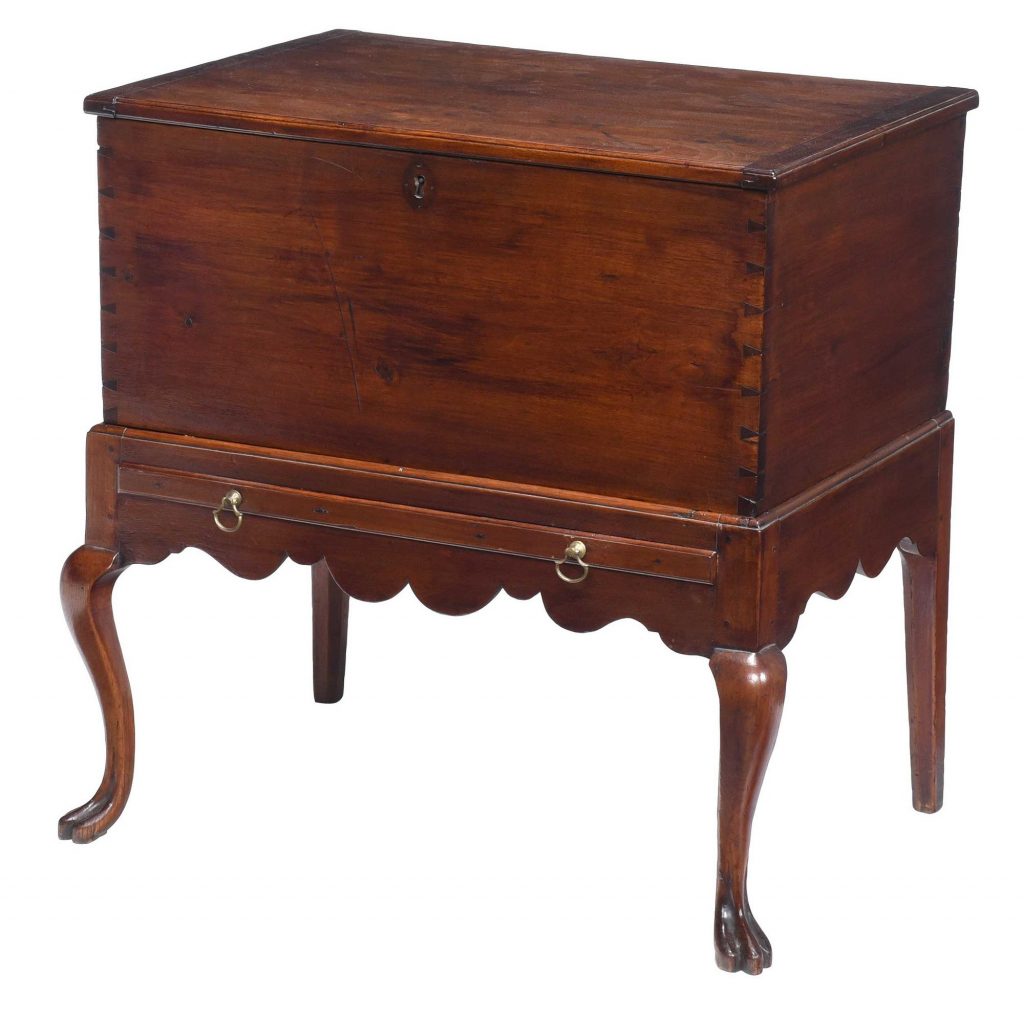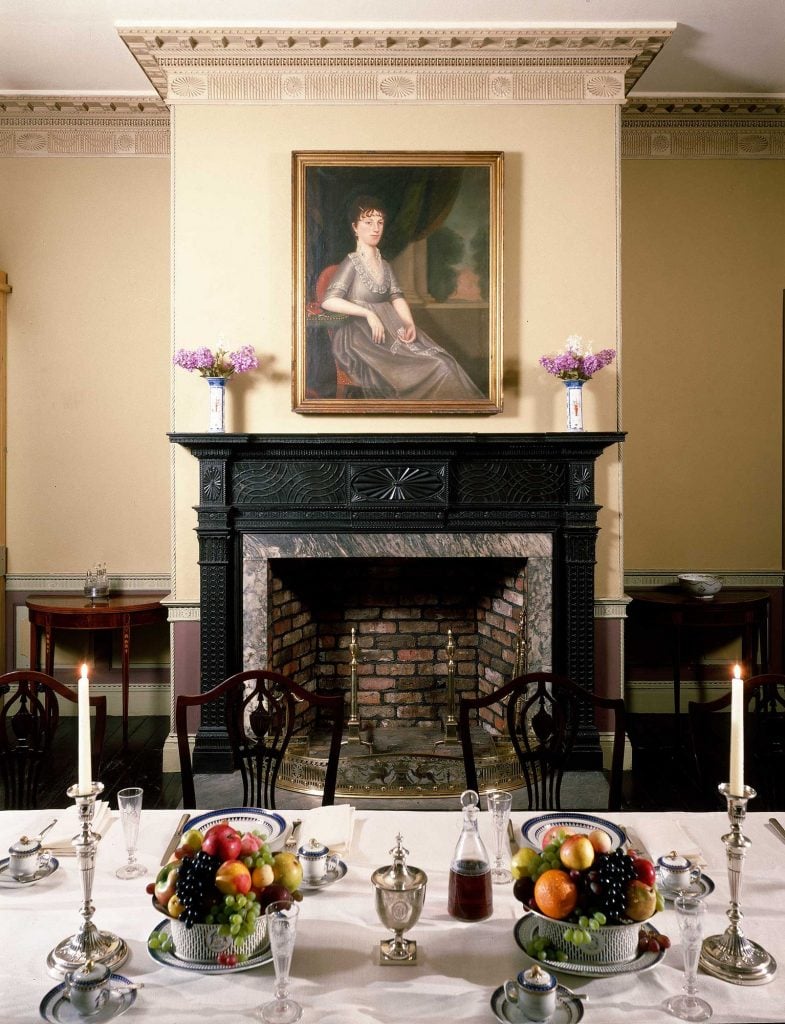Auctions
The Brooklyn Museum’s Sale of Period Rooms More Than Doubles Estimates
While market watchers were pleased at the results, some observers were dismayed at the sale.

Four period rooms that the Brooklyn Museum put up for auction sold exceedingly well on Tuesday, March 19, going for as much as 30 times their low estimates. The sale overall, at Asheville, North Carolina’s Brunk Auctions, fetched a hammer total of just over $678,000 on a presale high estimate of about $254,000, with every lot finding a buyer. With fees, the sale totaled some $834,000.
The sale was at once part of normal, ongoing museum operations and also key for future progress in terms of what the museum can display, said director Anne Pasternak.
“As part of proper museum stewardship, we do regular reviews of our collection, and it’s been particularly important for the Brooklyn Museum because our storage is full, and we need to add works of major significance to our collection,” she said. “We are going to announce some very major gifts timed to our 200th anniversary. We have vast collections that have not had permanent galleries: African art, European art, Native art, arts of the Americas, and a whole lot more.”
The sale’s top lot was an 18th-century Virginia Chippendale walnut cabinet that had been in the museum’s collection since 1916, when it was purchased through American lawyer and furniture scholar Luke Vincent Lockwood. It hammered at $95,000 against a presale high estimate of $40,000, which was the highest estimate on any item. With fees, the price was $116,850.

A Virginia Chippendale walnut cabinet from the Brooklyn Museum. Courtesy Brunk Auctions.
Though the period rooms bore presale estimates as low as $2,000, one of them was the sale’s second-highest-selling lot. Elements from the parlor and dining room of the neoclassical Abraham Harrison House hammered at $60,000, for a total after fees of $73,800. Built by a Revolutionary War sergeant, the house once stood in Irvington, New Jersey, and was on display before going to the museum’s New Jersey storage facility two decades ago.
A dining room from the Federal-style Cane Acres Plantation, from South Carolina, came in at number three, hammering for $55,000 ($67,650 with fees). It’s the first period room the museum bought from the South, and is its largest. It has been on view at the museum, where the period rooms are currently closed to allow for its removal.

The Cane Acres plantation dining room from the Brooklyn Museum. Courtesy Brunk Auctions.
A Virginia Queen Anne walnut dressing table, also bearing a high estimate of $40,000, hammered for $55,000 ($61,500 with fees). The Gilded Age-era foyer from the McKim, Mead & White-designed Adams House of New York and now currently in storage, meanwhile, hammered at $48,000 ($59,040 with fees), and the Greek Revival Matthew Clarkson Jr. House, in Brooklyn, also in storage, hammered at $36,000 ($44,280 with fees).
Some buyers came away with much more affordable items; the sale’s cheapest lots included a set of “probably American, 18th/19th-century” fireplace implements, which went for $75, and two probably 18th-century Italian Renaissance style walnut armchairs that hammered for $100. Both those lots went for below their estimates.
Reactions to the sale were mixed among expert observers.
“I’m glad to know there are still people who are looking for opportunities in period rooms and brown furniture, which is not where most of the market is looking today,” said Thomas B. Parker, director at New York gallery Hirschl & Adler, which specializes partly in American decorative arts.
Historian and author Michael Diaz-Griffith, formerly an associate executive director of the Winter Show, one of the leading art, antiques, and design fairs in the U.S., was “stunned” by the results but dismayed by the museum’s decision to sell the material.
“The word that kept coming to me was ‘patronizing,’” he said. “We can talk about the museum’s recent history of staging exhibitions, to varying degrees of success, that focus on subjects like collectors of color, like the current show of Swizz Beatz and Alicia Keys’s collection, or the Hannah Gadsby show, which was a debacle in a different key. But the unifying theme has been the museum’s attempt to make itself relevant to an audience that they perceive to be interested in popular culture as a lens for art and material culture.”
“It’s patronizing and condescending that the museum’s own collections, that contain works by Black craftspeople—who have been under-explored, and who young people want to learn about—are passed over in favor of a top-down approach that says people only want to talk about pop culture,” he added. “We need museums to tell the story of our material culture, or no one else will. The Brooklyn Museum has had the Cane Acres Dining Room for half its life and still hasn’t told the story of the Black family that was dwelling in the house at the time they took it apart.”
“Leadership is hard and museums are facing challenges in establishing their relevancy, I get it,” he continued. “But it just doesn’t feel as if the museum consulted the right people in making this decision.”
Pasternak was unapologetic in the face of criticism, stressing that there were condition issues with many of the items in the sale, which, she said, are not of the quality of many other objects that will remain in the collection.
“As far as I was concerned, the auction was a win-win-win-win,” she said. “We made room, we saved thousands on outside storage, we gave works a new life where they can be cared for and loved, and we made money for acquisitions to strengthen our design collections.”
Period rooms are quite beloved, she acknowledged, but she also asserted that there’s no need for concerns, even among fans of these spaces.
“We have some very important period rooms and we’re going to keep them and this will help us do that,” she said. “No one should have a heart attack, thinking that we are getting rid of all the period rooms. We’re not doing that.”





